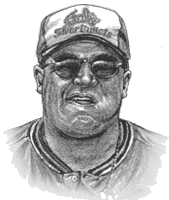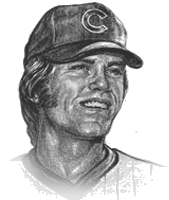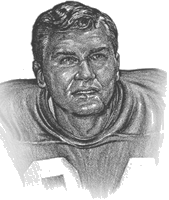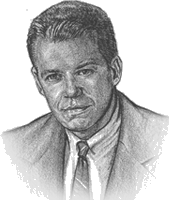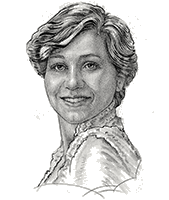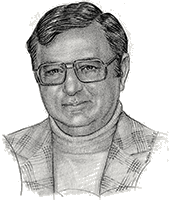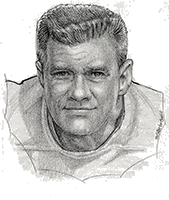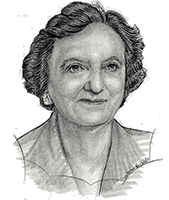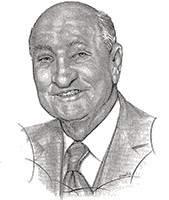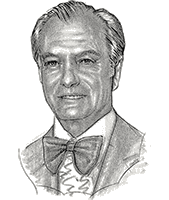He is the greatest home run hitter in the history of slow pitch softball. In 27 years of softball, 25 of them in the country’s highest level, Mike Macenko hit 7,000 home runs. Only one other player in the world ever hit as many as 6,000. In 1987 alone he hit 844 home runs and in 1988 he hit 830, the two greatest seasons by far that any softball player ever enjoyed.
A six-foot, three-inch behemoth who tipped the scales at 285 pounds in his playing days, Macenko grew up in Brook Park where he began playing softball in 1973 at the age of 16 with Tom Coyne’s team in the Brook Park Men’s League.
“In my first game, my first four times up, I hit four home runs. As I rounded third base after the fourth home run, Tom Coyne said, ‘You’ve got to sign this.’ It was a contract,” Macenko recalled.
Two years later Mike was recruited by John Neale, manager of Number One Lounge, one of the powerhouse teams in the PD-Major League.
“Do you want to come to Pittsburgh with us this weekend to play softball?” Neale said to him.
“I’ve got to ask my mother,” said Mike, who was 18 years old.
Mike’s mother gave him the green light and Tom Coyne gave him his release and Mike began a 20-year association with teams managed by John and Dave Neale.
Fourteen of those years were with Steele Sports, a sporting goods firm in Grafton, Ohio, which traveled the country taking on all comers in the ancient tradition of “barnstorming.” They played more than 100 games a year. In 1986 Sports Illustrated featured them in a story headlined “Men of Steele,” which can be found on Macenko’s web site.
He was the most valuable player of five different national tournaments. He was named to 34 different all-world teams and was inducted into five different softball halls of fame. He lives in Brunswick and sells sporting goods on line.

